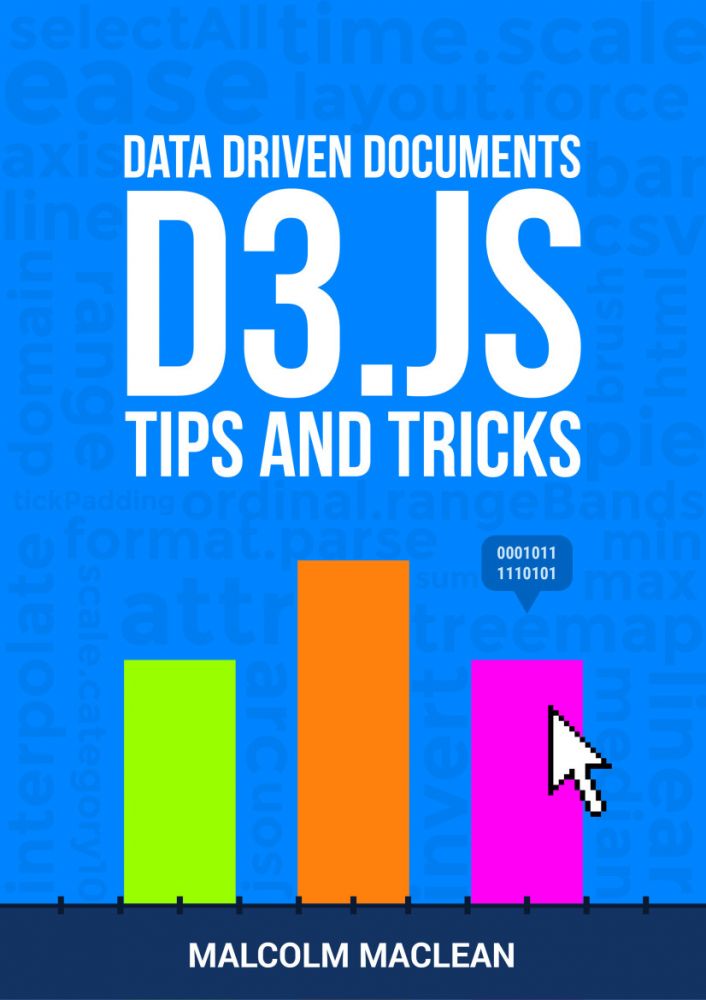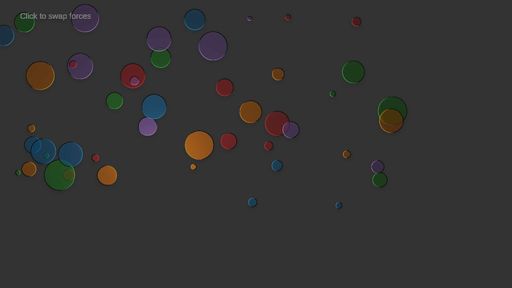d3
true

Step 1. Create a grid Use d3.geoGraticule10 to create lines of constant longitude and latitude. Step 2. Apply clipping Set projection.clipAngle to 90° to show only the front hemisphere. Stroke the outline of the sphere to better separate the globe from the background. Step 3. Apply a radial gradient Apply a radial gradient to simulate lighting on a diffuse surface. Appendix

D3’s projections use adaptive sampling to increase the accuracy of projected lines and polygons while still performing efficiently. Without sampling, only the input vertices of polygons are projected. This results in the artifacts (visible above) due to projected lines becoming curves. Uniform sampling improves the appearance by adding interstitial samples between input vertices. It is inefficient because most samples are not needed, and even areas of extreme distortion still exhibit artifacts! Adaptive sam
The JavaScript library for bespoke data visualization
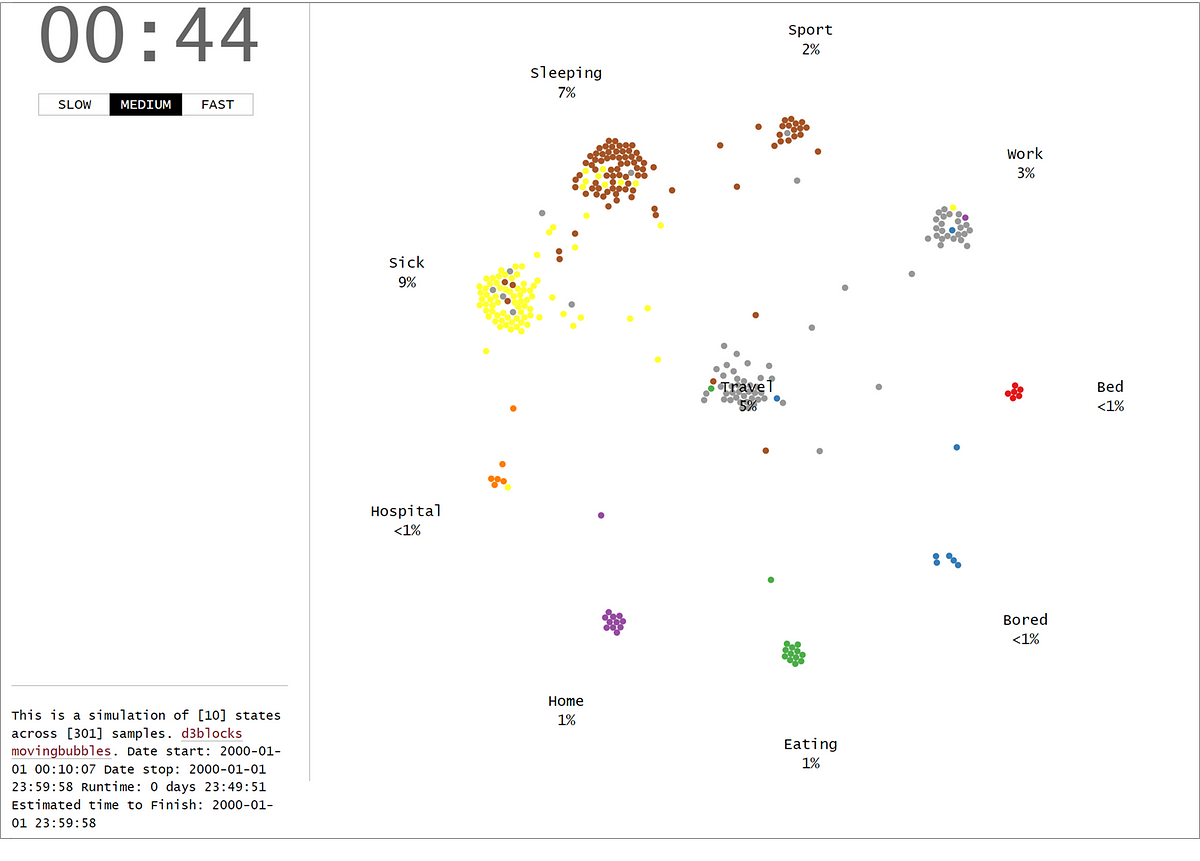
The MovingBubble chart is one of those mind-blowing charts to look at. Learn how to create them using your own data set and Python!

Create interactive, and stand-alone charts that are built on the graphics of d3 javascript (d3js) but configurable with Python.

D3 is the most commonly used JavaScript library for visualization on the web, but there’s a bit of learning curve, especially for those new to programming. Peter Cook hopes to make this begin…
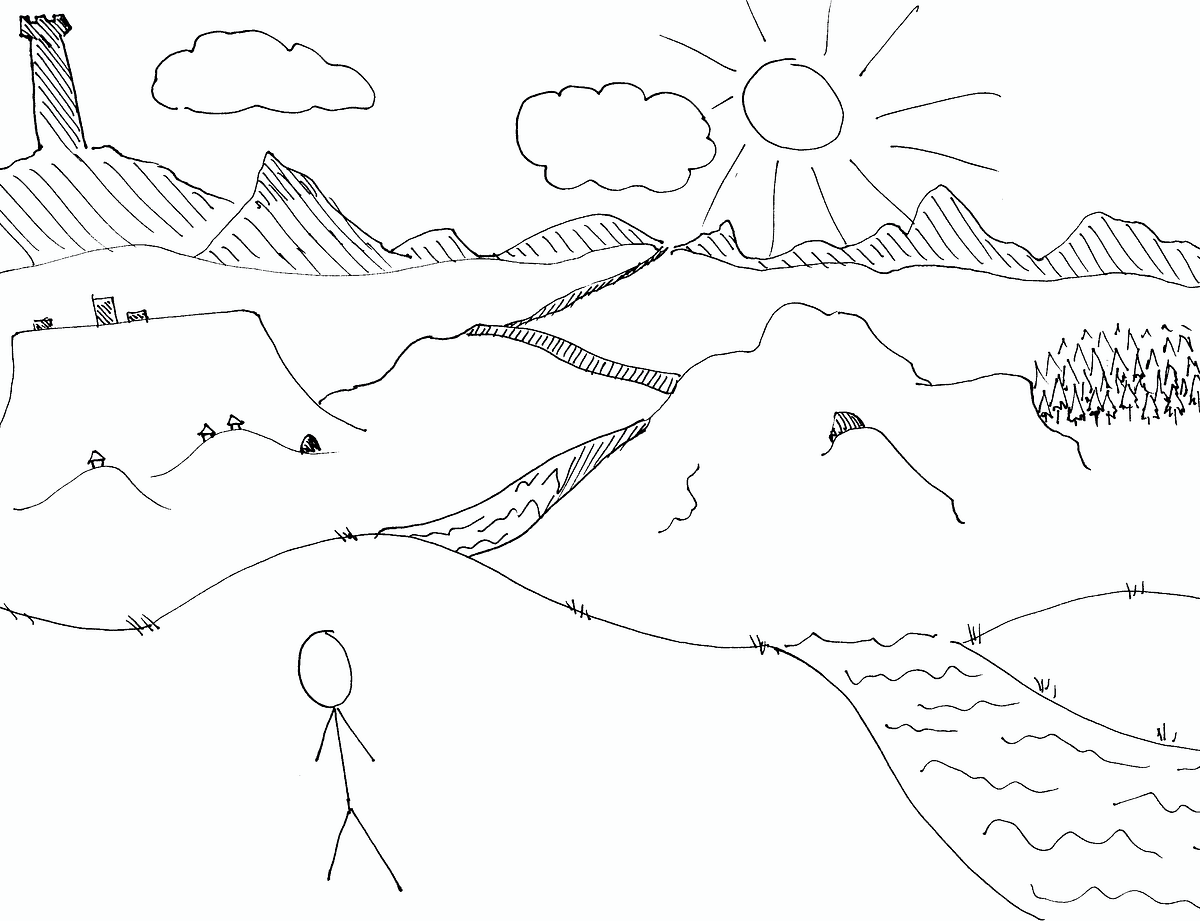
The landscape for learning d3 is rich, vast and sometimes perilous. You may be intimidated by the long list of functions in d3’s API…
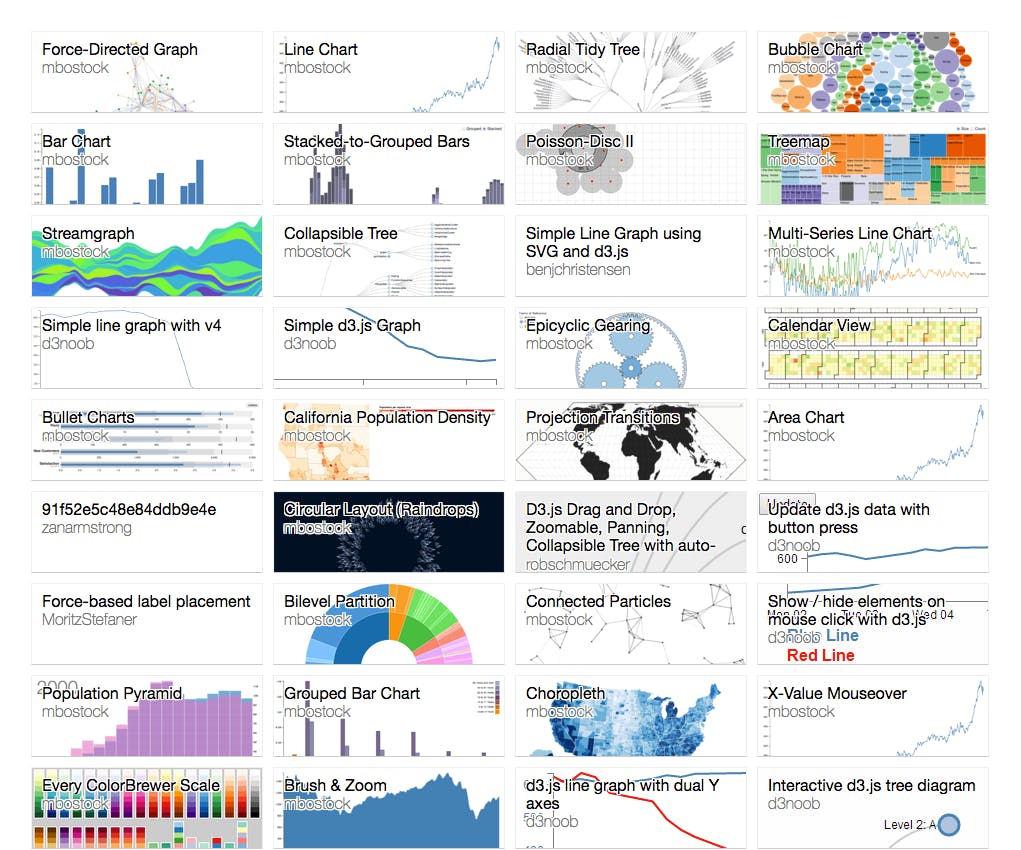
If you’re planning to build a React app with more than a few simple data visualizations, you’ll probably want to pick an approach that:
A list of D3 libraries, plugins and utilities.
Visualize flow between nodes in a directed acyclic network. - d3/d3-sankey

Looking for a good D3 example? Here’s a few (okay, …) to peruse. Animation D3’s data join, interpolators, and easings enable flexible animated transitions between views while preserving object constancy. Interaction D3’s low-level approach allows for performant incremental updates during interaction. And D3 supports popular interaction methods including dragging, brushing, and zooming. Analysis D3 is for more than visualization; it includes tools for quantitative analysis, such as data transformation, rand

How to build a treemap with Javascript and D3.js: from the most basic example to highly customized examples.

D3 6.0 embraces modern JavaScript (ES2015) to help you work with data! 🥳 D3 now uses native collections (Map and Set) and accepts iterables. d3.group and d3.rollup are powerful new aggregation functions that replace d3.nest and work great with d3-hierarchy and d3-selection. There are lots of new helpers in d3-array, too, such as d3.greatest, d3.quickselect, and d3.fsum. D3 now passes events directly to listeners, replacing the d3.event global and bringing D3 inline with vanilla JavaScript and most other fr
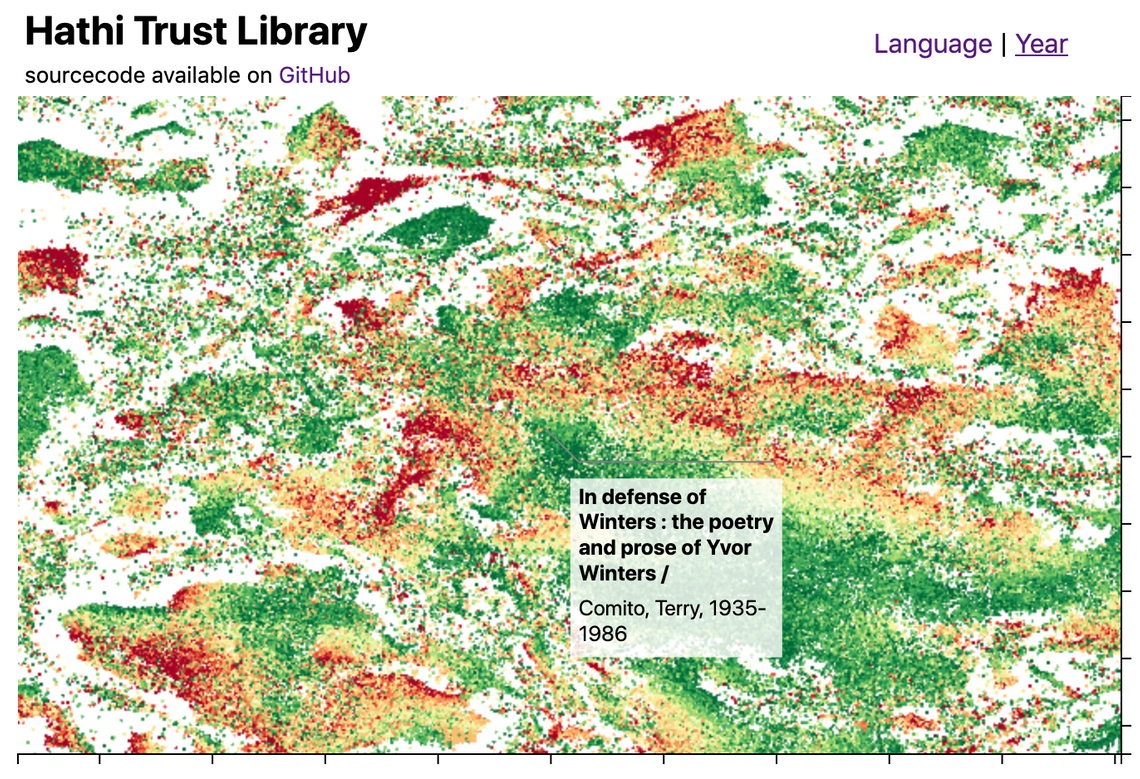
This blog post introduces the WebGL components which we recently added to D3FC, this suite of components make it easy to render charts with very large numbers of datapoints using D3. Throughout this post I'll describe the creation of the following visualisation, which displays 1 million books from the Hathi Trust library

A guided tour of your first steps using D3.

So far in 6.859, we've primarily been working with visual analysis grammars like Vega-Lite or VizQL (Tableau). These grammars break visualization design down into a process of specifying mappings (or visual encodings) between data fields and the properties of graphical objects called marks. They're useful for concisely and rapidly creating recognizable visualizations, while giving us more design flexibility (or expressivity) than chart typologies like Microsoft Excel. However, describing visualization desig

This zoomable time series area chart shows the number of flights per day. The effect of the September 11, 2001 attacks on air travel is evident.

This is a pedagogical implementation of an animated bar chart race. Read on to learn how it works, or fork this notebook and drop in your data! The data for the race is a CSV with columns date (in YYYY-MM-DD format), name, value and optionally category (which if present determines color). To replace the data, click the file icon

Show individual data points by splitting bars into smaller cells.
